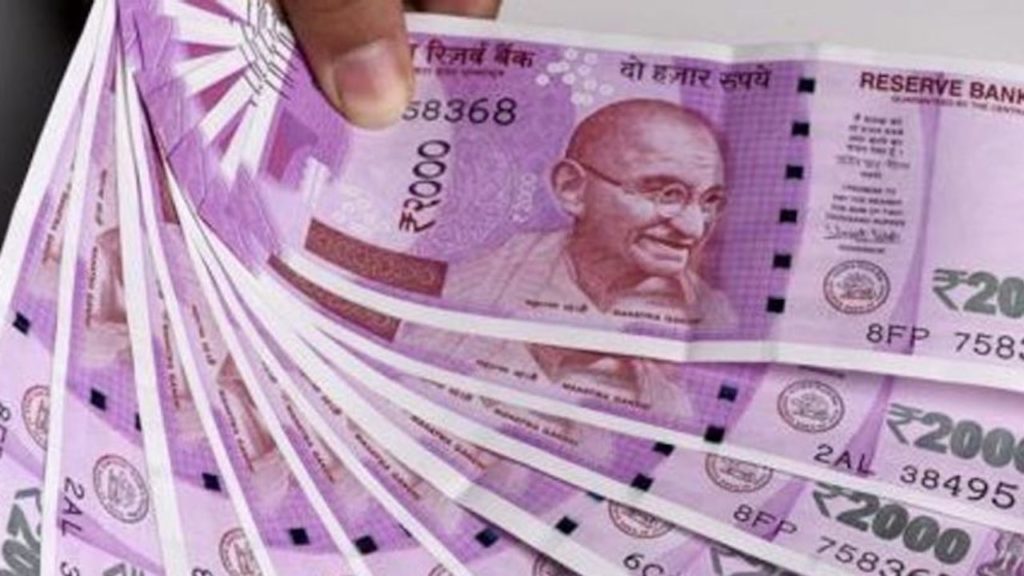Indian Rupee Becomes Worst Performing Currency Of Entire Asia: Find Out Why?

Foreign funds have quit on India’s stocks, and the Indian rupee will be ending the year as the worst-performing currency in entire Asia
This quarter has seen the Indian national rupee sink by 2.2%, mostly because global funds capital was reduced by $4 billion from the country’s stock market.
Indian Rupee Is Worst Performing Currency in Asia, Again!
As per reports, Goldman Sachs Group Inc. and Nomura Holdings Inc. lowered their outlook for equities, due to lofty valuations, therefore leading to Indian stocks being sold by foreigners. The trade deficit is at a record high and the currency value has also been impacted by the central bank’s policy divergence with the Federal Reserve
As per B. Prasanna, head of global markets, sales, trading, and research at ICICI Bank Ltd in Mumbai, “The monetary policy divergence and widening current account gap have set depreciation in the rupee in the near term.”
What does this depreciation mean for the RBI – on the positive, a weaker currency can support exports, and on the negative side, there also is the risk of inflation. This might also make it difficult for the RBI to maintain rates at a record low for much longer.
Indian Rupee Drops By 4%
As per QuantArt Market Solutions, the rupee will drop by 4% this year, the fourth consecutive year of losses; whereas, Bloomberg has predicted that the rupee will reach 76.50. The rupee will drop 4% this year in a fourth consecutive year of losses.
In 2020, we had reported that among all the currencies in Asia, the Indian National Rupee had emerged as the worst performing currency. The Indonesian rupiah followed close, and with a depreciation of 1.9 per cent of its value against the dollar in the current calendar year.
As per reports, the Taiwan dollar was named the top performing currency in Asia and had gone up by 6.4 per cent against the US dollar. Also, this was followed by the renminbi currency of China, which had appreciated by 6.2 per cent against the US dollar.
Then came the Philippine’s currency, peso, which had increased by 5.2 per cent during the year, South Korean won (up 4.2 per cent), and Malaysian ringgit (up 1.0 per cent).

Comments are closed, but trackbacks and pingbacks are open.